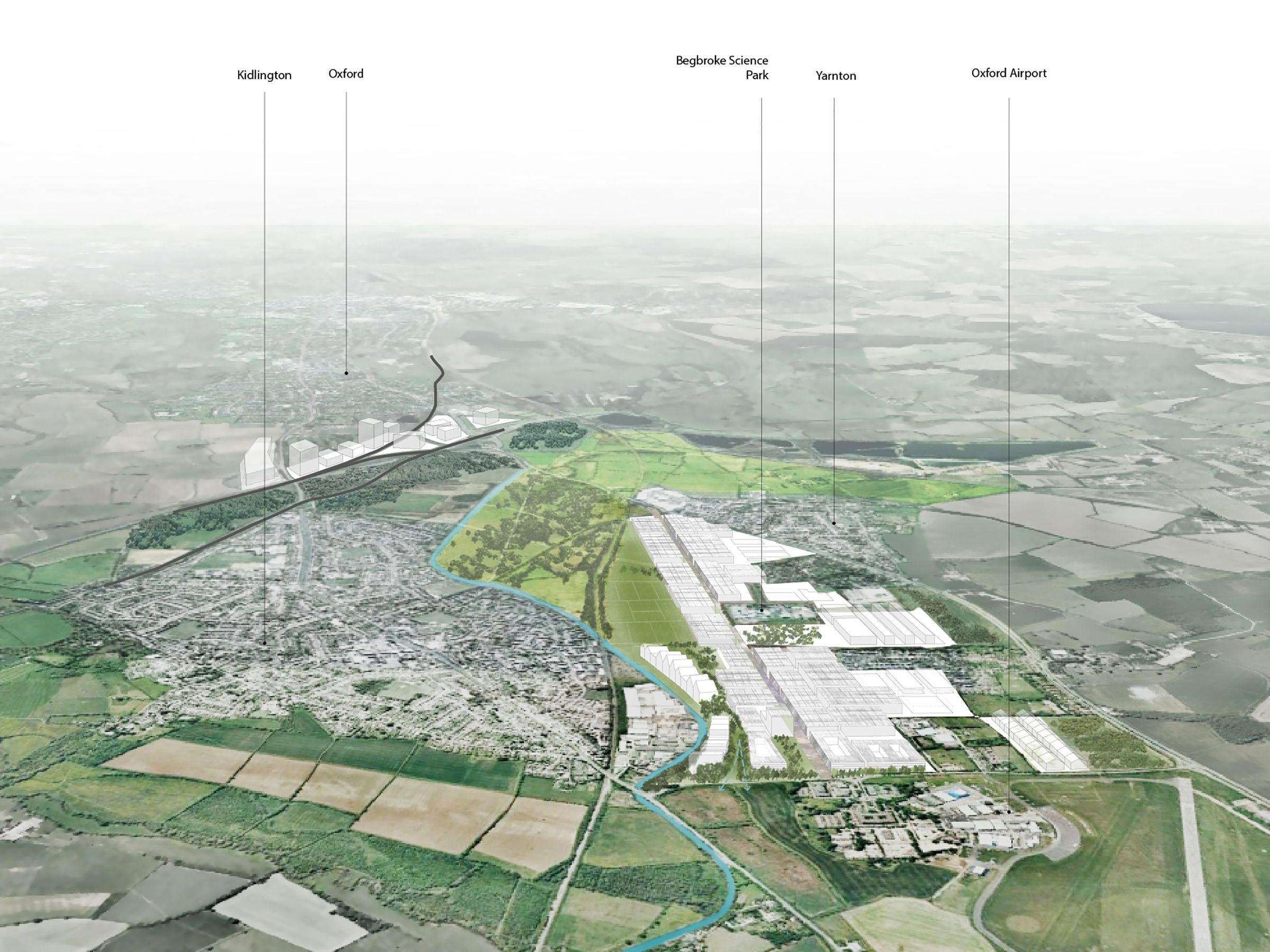5th Studio were appointed by the National Infrastructure Commission to make recommendations on the built environment of the Oxford-Milton Keynes-Cambridge Corridor. Our involvement with the NIC, Department for Transport & Treasury has been highly regarded and promises to be influential in shaping future policy.
The Oxford-Milton Keynes-Cambridge corridor encompasses a line of towns and cities some 50 miles out from London, each with an unusually productive economy. Competing on a global stage, the knowledge-driven economy of this collection of cities is impressive, but its future economic health is threatened by a lack of suitable housing and the appropriate connective infrastructure to support ‘good growth’.
Our final report produced to inform the work of the National Infrastructure Commissions is available to download here.
















